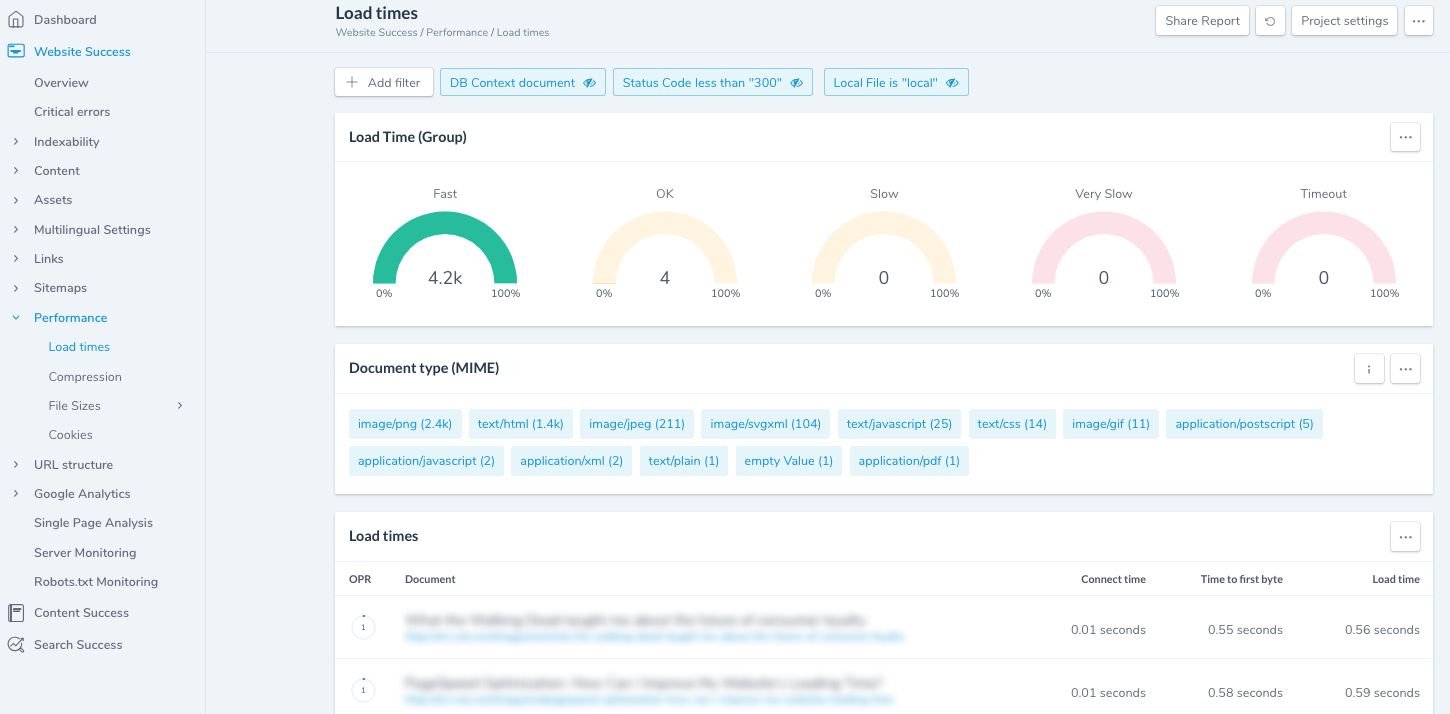



Google has updated PageSpeed Insights, and has now made it clearer than ever that there are several ways and values of measuring page speed. We’ll explain the most important of these measurements and show you how to optimize your website.


Figure 1: Page Speed measures according to the website © wao.io


Figure 2: Page speed performance from Ryte